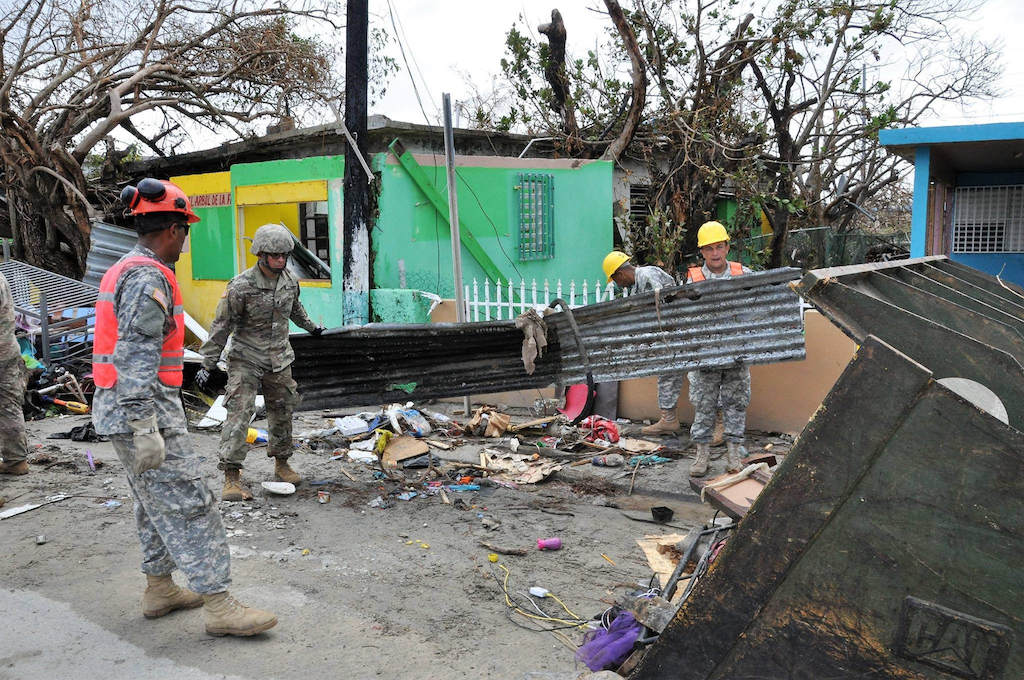
Like many people, I continue to look at the devastation in Puerto Rico, California, Houston and Miami with a mix of shock, horror, and resignation. Twelve years after Hurricane Katrina struck New Orleans and the Gulf Coast, it seems that we have barely made any progress on how to respond to disasters in a timely fashion.
Why?
An initial challenge that I think goes overlooked is that it is really hard to quantify disaster recovery. Sure, Puerto Rico’s government has put together a nice dashboard with their progress, but what exactly are we comparing it to? What’s the benchmark? 15% of households currently have power in Puerto Rico — is that good or bad? Maybe the federal government is doing a fantastic job bringing back power for any households given the devastation …. Or maybe the federal government is doing terribly, and should be at say 40% if they were competent. It’s really hard to say because we are comparing to a counterfactual.
The second challenge, and one that is only going to get worse, is that these disasters are getting more intense over time. One part if this is certainly that storms are getting more intense as climate change rears its ugly head. But that’s not all: urbanization is increasingly pushing people to live in areas that are not resilient for disasters. Houston, for instance, might have had significantly less damage if homeowners didn’t literally live in a designated flood zone.
Disaster Recovery starts with Disaster Preparation, and so when we get to the root of the challenge, we see that it isn’t just FEMA lacking generators or the president shooting hoops with a roll of paper towels. It’s that the very architecture of urban life is ill-suited to the chaotic world that our cities are increasingly encountering.
Resilient cities are a hot topic in urban planning circles, but the rhetoric and actual action of those talks has not been translated into the political realm. Here in NYC, there has been very little discussion about what to do with Lower Manhattan, and certainly almost no preparations for when the next hurricane certainly strikes. What are we going to do? What can we do to mitigate the damage earlier so that we can invest now and save lives and property later?
To me, this is precisely what makes America so ill-suited to handle these challenges. We don’t have a political or bureaucratic culture of prevention. We wait for the storm and then just deal with the aftermath. Preparedness isn’t just testing a command center, it means actually forcing political compromises. Maybe we can’t allow homeowners to build in a flood plain. Maybe we need to incentivize people to build more durable buildings. Maybe utility companies need to spend money to upgrade their power plants. Maybe the government should update locks and levees.
Prevention can mitigate many of the challenges we have seen in the last few weeks, but we have to make the right investments, and unfortunately, we so rarely do.
Photo by National Guard used under Government Free Use